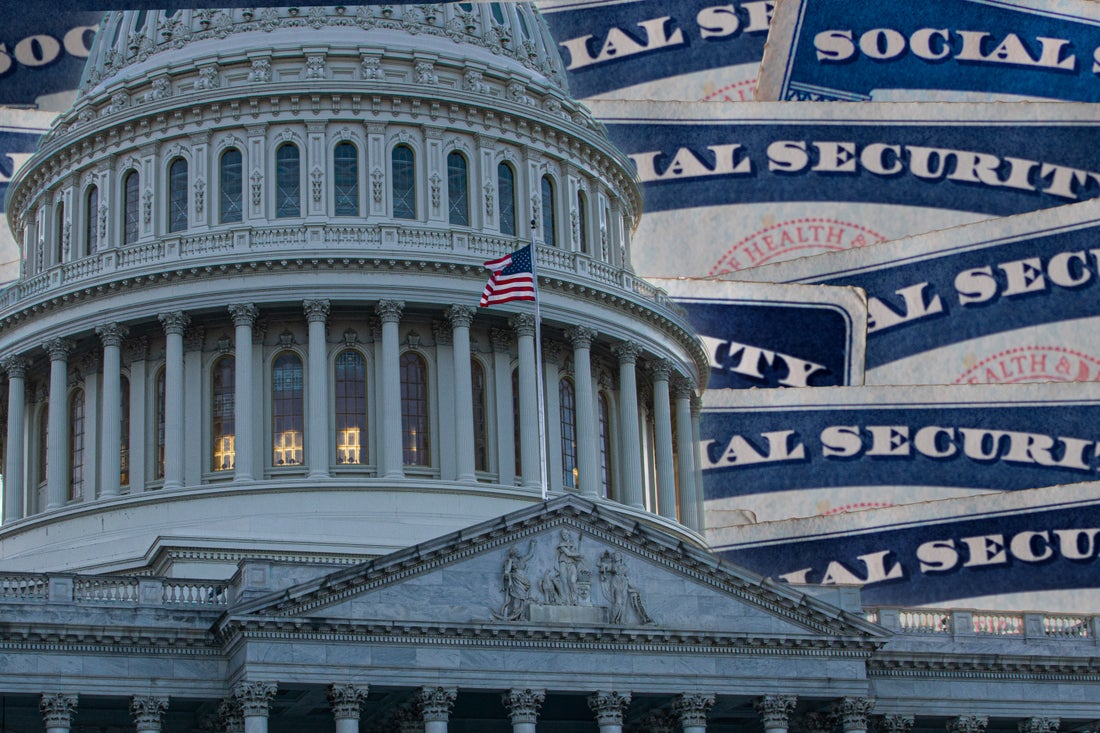Many consumers spent 2022 battling rampant inflation. And while inflation had a negative impact on Americans of all ages, seniors on Social Security may have struggled even more so.
In 2022, Social Security recipients got a 5.9% cost-of-living adjustment (COLA). At the time, that raise seemed generous. But the pace of inflation then rendered that boost fairly meaningless. And as a result, many Social Security beneficiaries wound up losing buying power last year.
Now the good news is that 2023's Social Security COLA came in at 8.7% -- a significant jump from 5.9% and the largest raise to come down the pike in decades. But in spite of that, many Social Security recipients today are worried that 2023 will be a repeat of 2022 in terms of lost buying power and financial instability.

Image source: Getty Images.
Will Social Security manage to keep up in 2023?
A recent survey by the Senior Citizens League found that 54% of older Americans don't think their 8.7% COLA will keep pace with rising living costs. And roughly the same number of older consumers said that their living expenses rose more than 8.7% in 2022.
Of course, this begs the question: Are seniors today being overly pessimistic? Or are their projections spot-on?
It's actually hard to say. Today's retirees are looking at inflation levels that haven't been seen in over 40 years. And so while an 8.7% COLA should help older Americans catch up to higher living costs to some degree, they might still end up falling behind.
Now the good news is that in January, the Consumer Price Index for Urban Wage Earners and Clerical Workers (CPI-W) only rose by 6.3% compared to a year prior ("only" being a relative term). That's the specific index that's used to calculate Social Security COLAs in the first place.
When we compare the numbers, 6.3% is clearly lower than 8.7%. But let's also remember that many seniors' living expenses are already up. So while inflation levels may be dropping after having peaked in mid-2022, a lot of the damage is already done.
A history of insufficient COLAs
Perhaps another reason why so many seniors are pessimistic about this year's COLA is that historically, Social Security raises have done a poor job of keeping pace with inflation. And so seniors may be conditioned to expect a similar shortfall.
One thing Social Security beneficiaries have going for them this year is that the cost of Medicare Part B has shrunk for the first time in a long time. Rising Part B costs can eat away at COLAs, since those premiums are deducted from Social Security benefits automatically for those enrolled in both programs.
But even so, it's hard to say how well seniors on Social Security will fare this year in light of inflation. And while 2023's giant 8.7% raise is a good thing in theory, it might also propel some seniors into a less-favorable tax situation.
Social Security recipients face taxes on a portion of their benefits when their modified adjusted gross income plus 50% of their annual Social Security income exceeds the $25,000 threshold for single tax filers and $32,000 for married folks filing jointly. A large raise might push some seniors over these limits, causing them to lose out financially.
All told, seniors on Social Security should hope that 2023 is an easier year financially than 2022. Whether that actually proves to be the case is yet to be determined.





